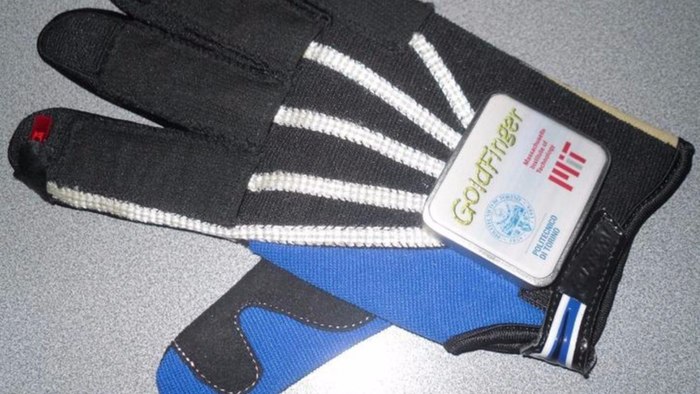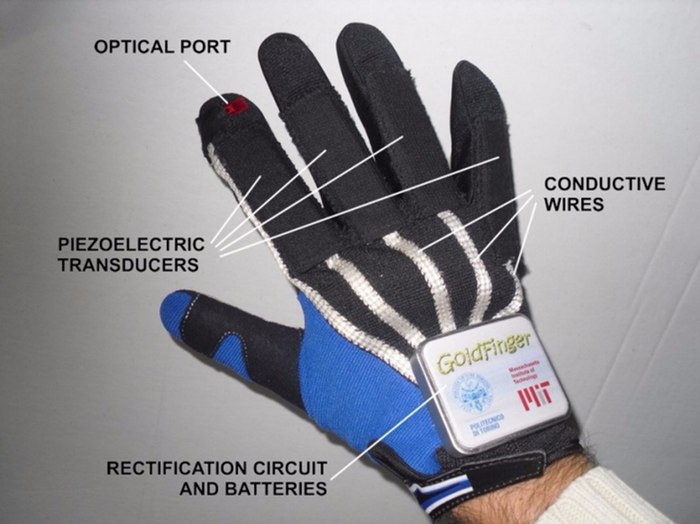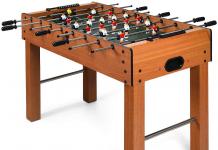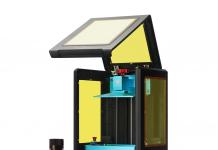Wearables seem to have a very bright future ahead, but powering most of them remains a problem. The Goldfinger smart glove seems to have solved this, though, by getting all the power it needs from the movements of your fingers.
Joysticks and mice may still seem awesome to some, but it’s about time humanity moved to more modern human-machines interfaces. That’s pretty much where smart gloves come into play, as they would improve tremendously the way we interact with machines. Just think a bit about how Chief John Anderton, Tom Cruise’s character in Minority Report, interacted with the data he had at hand (pun intended). This seems to be the most frequently mentioned example of how smart gloves could help us do our jobs better, and considering how impressive the scenes from the movie were, it’s quite easy to see why. That’s not to say that smart gloves couldn’t find their way into entertainment, but it’s productivity that we need to improve first and then ways to have fun. Researchers at Politecnico di Torino and MIT led by Giorgio De Pasquale of the Italian University have recently presented a piece of wearable tech with a lot of potential: the Goldfinger self-powering glove that relies on gestures to control machines.

One of the most interesting aspects about the Goldfinger smart gloves is that the electronic and mechanical components are integrated into the fabric itself. Getting rid of heavy attachments seems to be the way to go with wearables in the future, as this also what Google and Levi’s plan to do with their smart pants. By integrating the conductive wires, optical port, piezoelectric transducers and rectification circuit and batteries right into the fabric, the developers of this smart glove have made it more comfortable to wear, at least in comparison to similar devices. At the same time, the developers have simplified data entry and control using the Goldfinger.

Goldfinger relies on flexible piezoelectric transducers to generate power from finger movements. This way, there is no need for external power sources or cables, as the wearable is also able to communicate wirelessly with computers. Since the sensors, switches and wiring are integrated into the fabric, people can use it as a real glove, without getting distracted by its smart components.
As its developers explain, Goldfinger could have many applications ranging from industrial environments to medical and VR fields. Robotic surgery and simulations could also be revolutionized by such wearables. I just hope that if Goldfinger makes the jump from a research prototype to a commercially viable product, the developers will drop the ski glove design, as it’s not really something nice to look at, not to mention that it could prove distracting. Of course, the functionality is far more important than the design in the case of this particular product, but the least the creators of Goldfinger could do is to adapt the design to the industry it will be used in.
Be social! Follow Walyou on Facebook and Twitter, and read more related stories about knitted touchscreen gloves, or the MusicGlove hand rehabilitation device.
[via GizMag]










